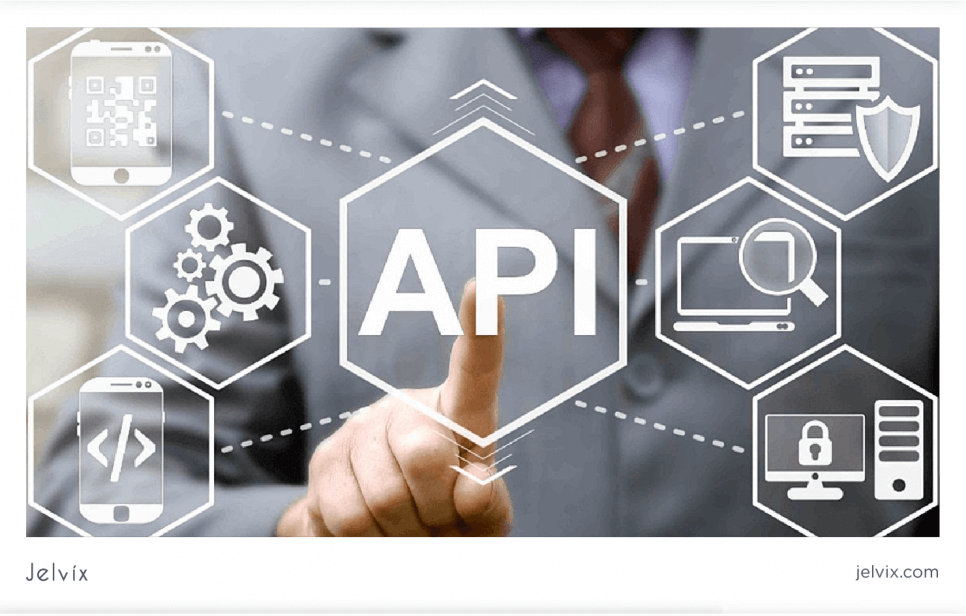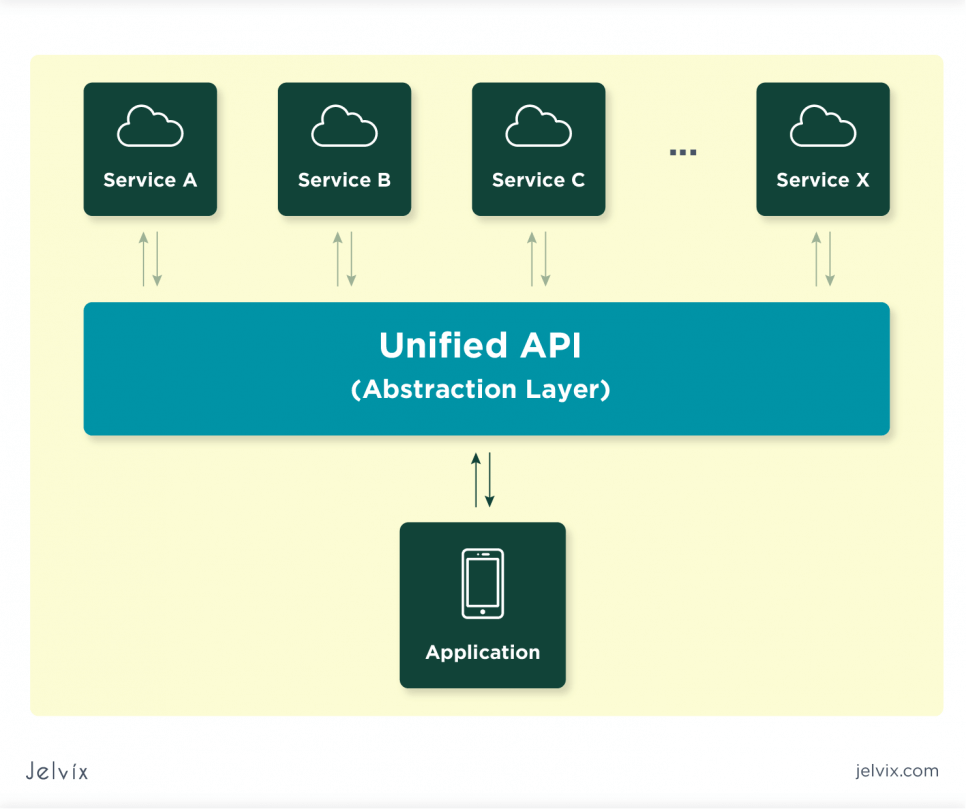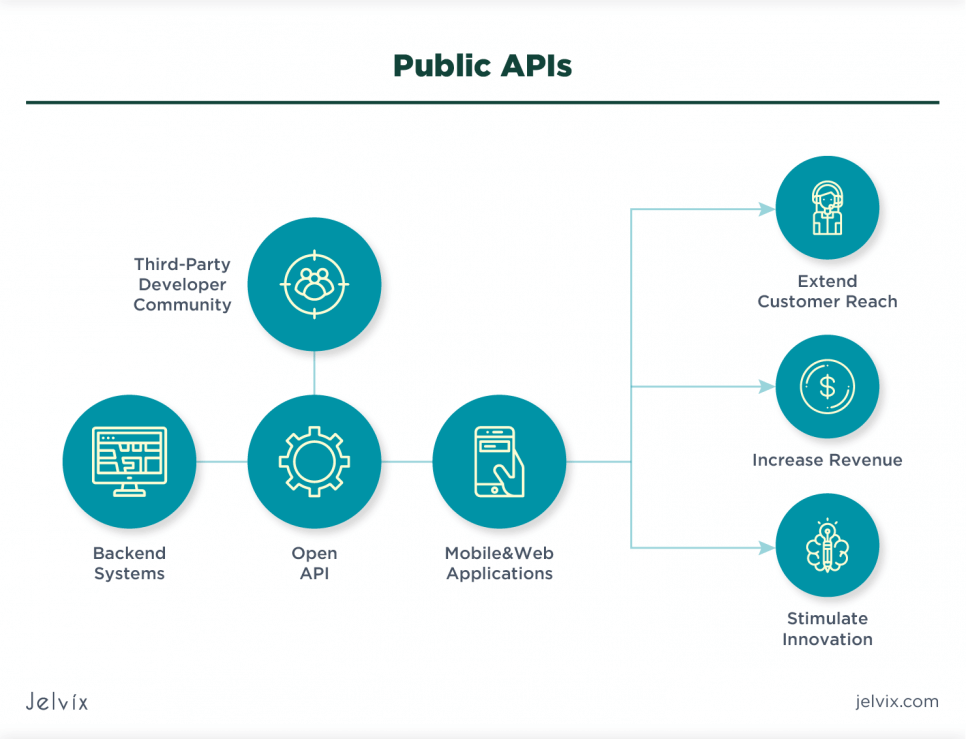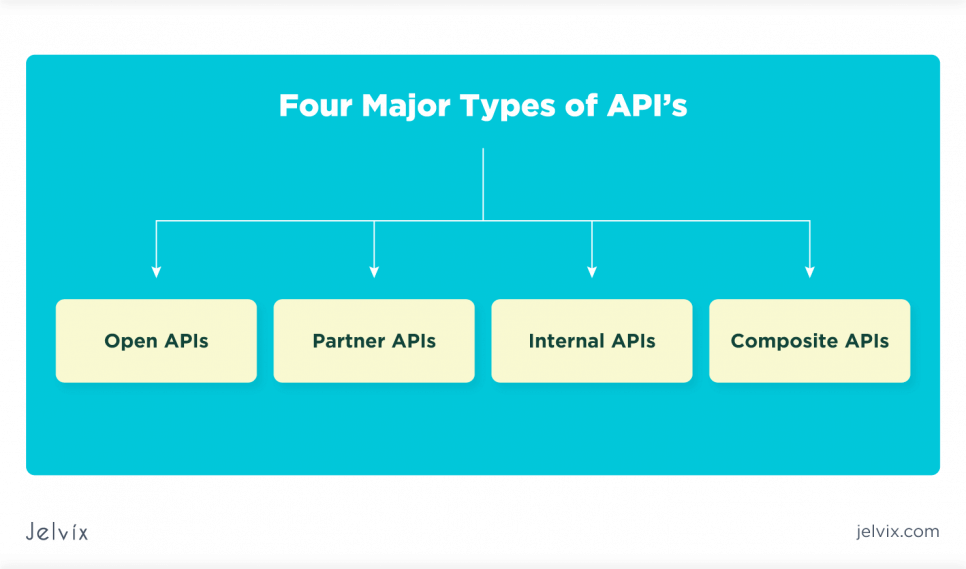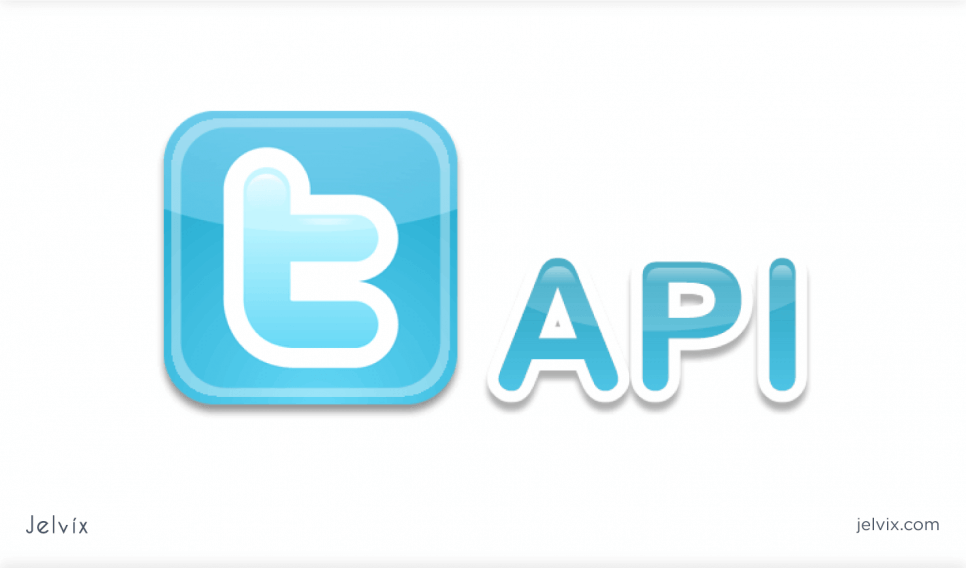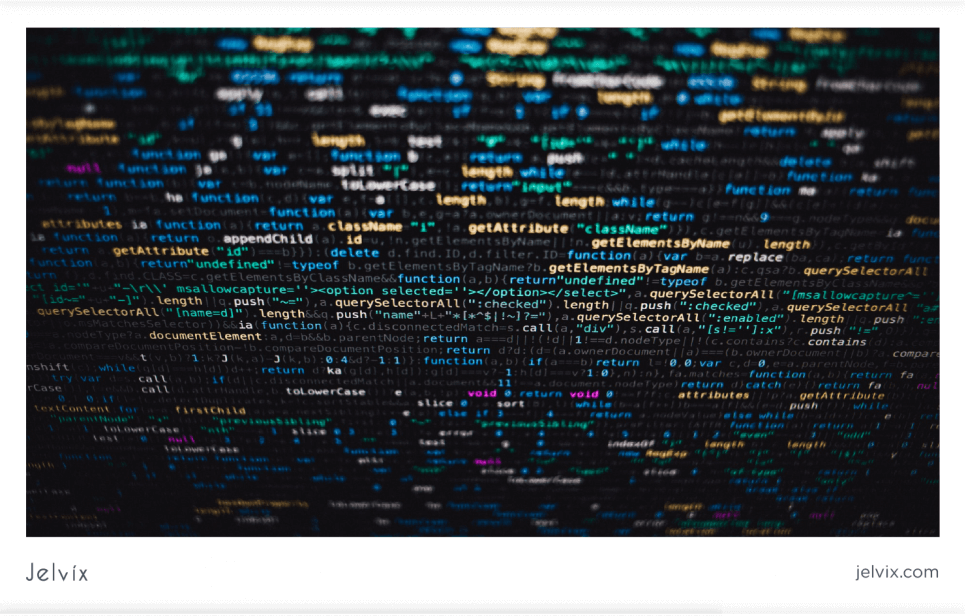Application Programming Interface (API) defines the interactions between various software intermediaries. The interface may take on slightly different forms, depending on whether you are creating a mobile application, a game, or a website. Still, even if you are writing your code from nothing but your ideas, most code building environments contain an innate API system.
Ultimately, an API is the definitions and protocols that allow two applications to talk to one another. This intermediary is an integral part of web and application design, as it has woven itself through the digital fabric of every use for code, from Java code to Ruby on Rails.
Therefore, this complete guide to API is here to help you navigate the need for API successfully by helping you build a better understanding of this useful and universal tool.
How Can API Be Used?
There are many different uses for API, and you don’t need to be a developer or know anything about the backend website and app development to use API.
While IT developers use API to connect the functions of their sites and platforms, everyone else uses API to log into social media, send an email, text, pay via PayPal or Venmo, book a flight online, or check the weather.
However, API goes beyond simple everyday applications, too, enabling the security of online banking and companies like Tesla to update the software in their cars safely.
Therefore, most of what is done online gets assisted by an API type.
Here are different types of API as it pertains to specific industries and common uses:
Using an API as an Abstraction Layer
To appropriately explain this concept, it is vital to understand both API and abstraction layers separately.
As previously mentioned, API is the Application Programming Interface that allows different software to interact securely and singularly, such as a login.
An Abstraction layer is a standard programming tool that allows a computer or OS to access information in a hardware device at a general or abstract level. Here are some commonplace areas where Abstraction layers get used:
URLs: Instead of typing the ‘true’ address of a website, the Abstraction Layer makes it easier for website viewers to access the website through a logical URL. This string of letters encased in a standard format can take you to a communal view (the front end) of a website regardless of where you are in the world.
However, when you access a URL, you only see it at a general or abstract level. You cannot change a website with just the URL, and you don’t have access to the backend of a website through a URL. Instead, you see the general or abstract view of that website.
USBs: USBs, whether used for storing data, connecting a mouse, or another device to a computer, are relatively commonplace. However, they are also a great example of Abstraction Layers. The reason is that when you connect a USB element into a computer, regardless of the OS it is running, as long as that system has the right driver to run it, the specifics of the USB element doesn’t matter.
The USB can connect storage, hardware, power supply, audio devices, or many different devices and have them work in a generalized fashion without the OS needing technical information for a specific device.
API as an Abstraction Layer
Once the two concepts are understood, it is possible to comprehend how API and Abstraction Layers work together.
Much like an Abstraction Layer, API often creates a more manageable format, even protecting information. API enables the backend facility to create an Abstraction layer.
For example, if you want to create a platform that shifts money from Location A to Location B, the internal mechanisms do not need to be present to maintain security. Therefore, instead of putting all of that information in the platform’s code every time, the developer can use API to create an Abstraction Layer.
Instead of typing in all the information, there is a function that references the correct location. It is that Abstraction Layer function that gets entered into the code.
Security isn’t the only reason to use API as an Abstraction layer, though. There is plenty of different creativity and functionality used for API as an Abstraction layer.
Integration Through Public APIs
Integrating APIs allows two systems to share information. Yet, what happens when a developer is using a Public (or Open) API?
An Open or Public API is a publicly available application programming interface that any developer can use to connect and share information through different services.
Benefits of Integrating Through Public APIs
Public APIs, much like other open-source web development tools, can be extremely beneficial to developers and those who are just learning the capabilities of integrating API technology. Here are some of the main benefits of integrating through Public APIs:
Collaboration: Utilizing Public APIs offers the opportunity for extensive collaboration, both with developers that have come before you and those that are currently learning and developing API codes and functions.
Plus, if you are working with a team, using Public APIs helps ensure that you all stay on the same page, no matter where you are in the world.
Stability: Considering that the foundation of most Public APIs was built by tech prodigies, it is safe to assume that your API functions will be stable. Even if you are still learning, using a base platform to run and test your API function is optimal, as the cornerstone of any API you create is solid.
Issues with Integrating through Public APIs
Although Public APIs offer a wealth of possibility and opportunity, there are a few potential issues with using Public APIs:
Learning Curve: Considering all the developments that people offer throughout the API platform, it makes sense to assume a learning curve. Even experienced developers might need to get used to the platform they will be using, as each one has its unique differences.
While it shouldn’t be overly difficult to figure out a particular Public API platform’s peculiarities, understanding a learning curve is essential. You need to get over it to be successful.
Open APIs are Not a Universal Solution: APIs have many different capabilities and functions. However, APIs, along with other developmental tools, have their limits. It is essential to know that if your program has a connectivity issue, an Open API system will fix it.
There are plenty of different things that can affect two systems working and sharing information. Therefore, you should figure out the root of the problem before wasting time and energy working with an Open API that cannot do what you need it to do.
Fortunately, if your company decides that an Open API is a solution to your issues, there is little other reason to worry about diving into an Open API you trust. Your website, app, or platform’s security and sanctity are not in jeopardy using an Open API.
Web Services APIs
In its most basic form, a web service is a service that is available over the internet. The distinction that sets a web service apart is that it needs a network to function.
Essentially, all web services are APIs, as they take a complex stream of code and present it in an organized and easy to understand manner. Plus, they hide the internal workings, showing what is appealing to the reader.
However, all APIs are not web services. As discussed throughout this guide, there are many different APIs, ranging from the commonplace to more secure, abstract uses.
The terms ‘web service’ and ‘API’ are not interchangeable because the definition of a web service is restrictive. Again, web services need a network to work, whereas APIs, depending on the type, can work without a specific, dedicated network. APIs develop before the application or website is public.
While it might not be available to the public as a site or an app, it is still configurable without a network connection.
Are There Different Types of APIs?
Yes, there are four main types of APIs in use, available and buildable, depending on the intended use.
Open APIs:
Open APIs or Public APIs do not have any restrictions and can be built upon by many developers over time. These APIs are available to the public. While they are secure, the mechanisms can be accessed, added, and changed by anyone.
Internal APIs
Private APIs or Internal APIs are only available to internal systems. To use this type of API, you need specific rights or licenses. These APIs are usually well-guarded behind firewalls and company protocols, as they hold essential company information that must not be available to the public.
Partner APIs:
Partners APIs are used to collaborate with business partners. Partner APIs are not publicly available, but like internal APIs, they are only available to certain groups of users through authentication and authorization mechanisms. However, unlike internal APIs, partner APIs operate outside the company and therefore require additional security measures.
Composite APIs:
As the name suggests, Composite APIs combine different data and service APIs to form the developer’s desired result. Instead of being triggered by a singular task, Composite APIs run together in sequence due to the execution. This API type speeds up the process and enhances user interaction.
Let’s look at the purpose of API and analyze Graphql vs REST API head-to-head.
What is an API Used for?
The Application Programming Interface (API) consists of several functions that allow applications to manage software contents and data. API can access external data, operations systems, and microservices.
API retrieves the data stored in the database of a physical server. It carries out a request to be able to acquire whatever you need. For instance, you can submit proposals to the server when you type a URL into a browser to check a webpage. The server will then display all the data that you need based on your search query.
You can execute further action by interacting with the website. Clicking play on a video displayed on a streaming website prompts the server to let you access the video file. Once the request gets fulfilled, you can proceed to play its content.
Another way to use API is through internal distribution. This system indicates that teams and networks can develop third-party apps based on the program’s core technology.
For instance, Reddit displays raw data so that third-party developers can come up with alternative apps. These applications showcase similar data but with a more customized presentation. Companies like Reddit allow other developers to use their company data to build applications to increase their platform’s reach.
Examples of APIs
Navigating through mobile applications requires Internet connectivity. It prompts data to the server, which then performs interpretation before making an action. The action executed is fired back to your phone in response to your request. The application would then interpret the data and present it to you in a way that you can understand.
Numerous public APIs emerged, allowing third-party developers of different industries to interact with this solution. After all, the freedom provided to access the company code programmatically makes these programs a platform. To give you an idea, here are prominent examples of API:
Java API
The Java API is composed of elements that help developers establish everyday tasks while increasing productivity. It is “out of the box” components that make up the Java Development kit. This API is beneficial for developers considering that most of the code is ready, which means they don’t need to start from scratch. One Java API that is prominent in software programs is the List.
Derived from its name, it allows the users to monitor a list of items at a given time. Developers leverage API to modify the List. They can add items, sort the list, determine if an item is in the list, and more. The List can also be sorted alphabetically, numerically descending, brightest to dullest color, etc., based on your convenience.
Twitter API
Twitter introduced its web API based on JSON. This API lets third-party developers interact with available Twitter data and make alterations to the program. You can join the Twitter Developer Community in person or online through the forum and by giving product feedback.
Similar to web browsers, web-based APIs submit an HTTP request but in a different format. Instead of receiving the web page’s response, the structure depends on the application making it easier to parse. Various configurations have different types, but Twitter API utilizes JSON.
The premise of Twitter involves posting content in the form of a Tweet. In turn, Twitter API allows the users to determine the actions they can perform. From making a retweet and searching for a tweet to liking a tweet and creating content to tweet. The API shows you how you can do all of these.
For instance, there is a designated space where you can input search criteria such as terms, hashtags, geolocation, or language to narrow down your query.
DirectX
DirectX is Microsoft’s API for managing several tasks in multimedia, programming games, and publishing videos. This API design can access various functionalities on a graphics accelerator card across Microsoft platforms. In this way, microprocessors are configurable for other crucial tasks. There is a specific accelerator manufacturer exclusive to the DirectX driver.
DirectX is composed of the following:
- DirectDraw
This option allows developers to work around two-dimensional figures. They can refine textures and modify images through buffer doubling.
- Direct3D
Direct3D is a specialized interface for crafting three-dimensional images.
- DirectSound
DirectSound allows developers to integrate images and sounds and coordinate them with one another.
- DirectPlay
It is the plug-in developers utilize so they can test their application.
- DirectInput
DirectInput is the interface for input from I/O devices.
OpenAL, OpenCL, and OpenGL
The Open Toolkit consists of OpenAL, OpenCL, and OpenGL. It is an advanced, open-source API that can be suitable with .Net or Mono languages. This API type supports C#, VB, C++, F#, Boo, and more. The Open Toolkit can is manageable across prominent platforms, including Windows, Mac OS X, Linux, BSD, Solaris, and iPhone/iPad.
OpenAL (Open Audio Library) is an audio API usable across different platforms. Developers utilize OpenAL to produce enhanced three-dimensional audio, available in multiple channels. OpenAL is common among popular games and hardware devices, including Creative Audio card and Go Pro devices.
OpenCL (Open Computing Language) refers to a framework utilized to write programs applicable to cross-platform. It is composed of central processing units (CPUs), graphics processing units (GPUs), digital signal processors (DSPs), field-programmable gate arrays (FPGAs), and other hardware accelerators.
OpenCL is the one that determines the programming languages to use to execute actions in applications. APIs can send requests to the hardware accelerator through PIC Express or a kernel. These channels allow direct communication even without interacting with a host.
Finally, OpenGL (Open Graphics Library) refers to the API used in heterogeneous platforms. Developers use OpenGL to perform hardware-accelerated rendering on either 2D or 3D vector graphic images. Its API communicates with the graphics processing unit (GPU) to facilitate action.
Conclusion
APIs’ role is considerablе for many software development companies, which lets them extend capabilities on their webpages, reduce customer churn and increase overall business value. That’s why it is important to select the right APIs and understand how to make the most of them. If you are looking for a technology partner, the Jelvix team can help you with API integration and development. Contact us for consultation.
Need a qualified team of developers?
Boost your business capacity with the dedicated development team.


